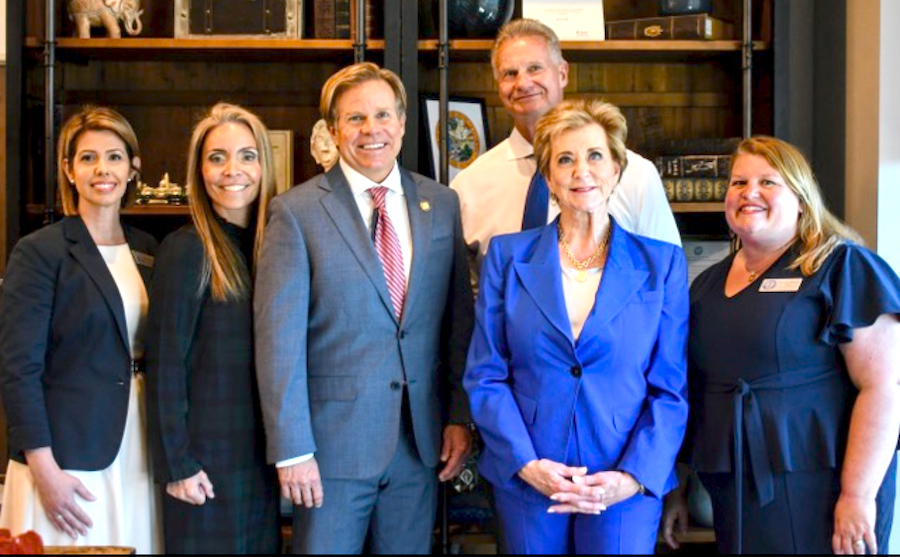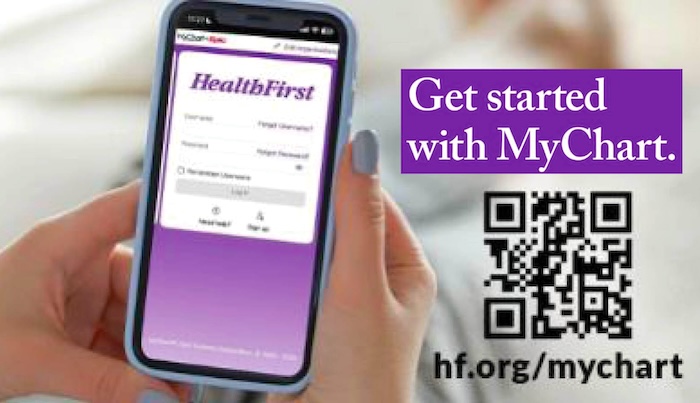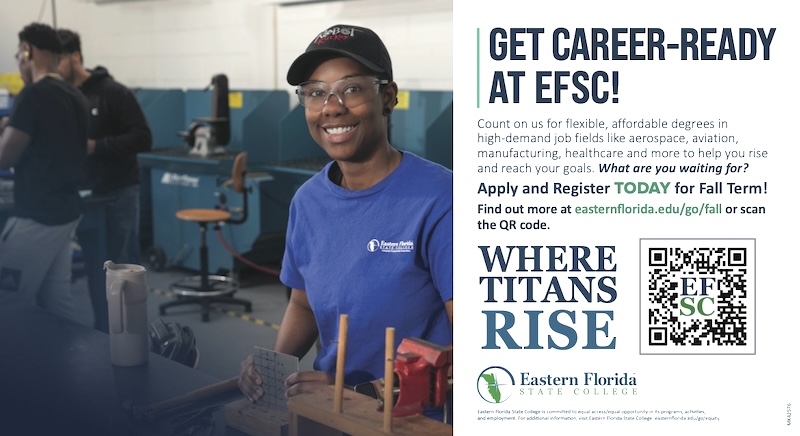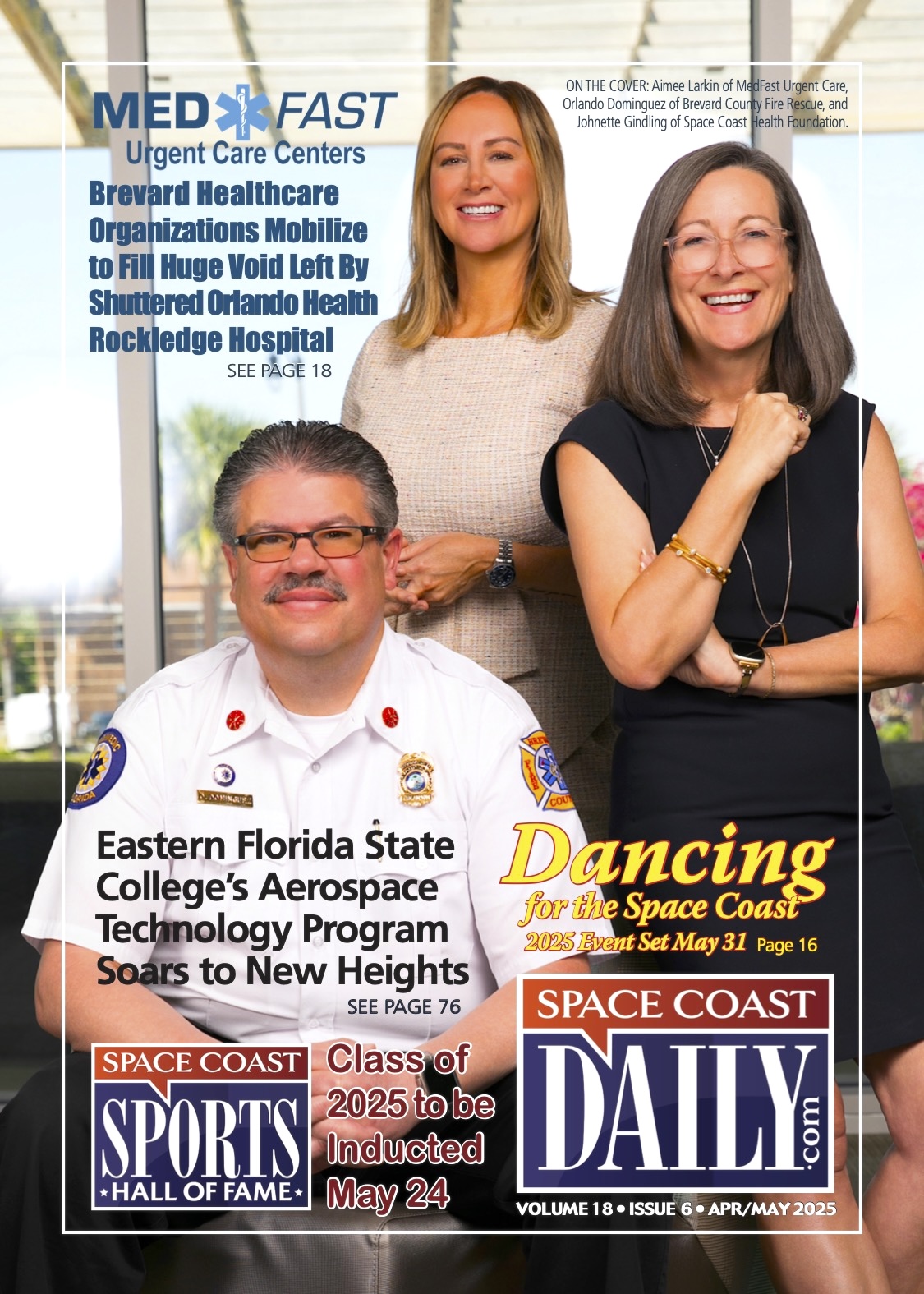MEDICAL SPOTLIGHT: ‘Seismic Innovation’ Arrives for Heart Patients at Health First in Brevard County
By Space Coast Daily // July 16, 2024
Health First Cardiac Electrophysiologists Drs. Ken Lee and Vishal Patel perform procedures

Dual chamber leadless heart pacing technology leaves patients wowed, “Not only do I have more energy, I don’t know I have the device.” patients say.
BREVARD COUNTY, FLORIDA – About a million people each year receive heart rhythm devices commonly called pacemakers.
The technology has been around for more than 70 years, but in October, Health First became the first in the southern Atlantic region, and one of the first in the world, to implant new AVEIR™ DR dual chamber leadless pacemakers, a system that wirelessly paces both the right atrium and right ventricle of the heart with two retrievable devices that work in synchrony and are smaller than AAA batteries.
Health First Cardiac Electrophysiologists Ken Lee, MD, and Vishal Patel, MD, who perform the procedures, said it was a monumental breakthrough for patients.
“A seismic innovation,” Dr. Lee said.
“As many as 80% of our patients [with slow heart beats] could end up needing this kind of pacemaker,” Dr. Patel said.

About this time, Susan Grandpierre, 79, of Vero Beach, was diagnosed with sick sinus rhythm, a dysfunction of the heart’s natural pacemaker, the sinus node. She had been feeling physically tired after even light efforts. Her heartbeat was very slow.
Grandpierre is an economist by training, having spent her career at IBM making market projections based on data and trends. After the diagnosis, she sat down to really study the options and outlook.
When she finally met with a cardiac electrophysiologist in January to discuss artificial heart pacing options, she had done her homework. She opened a yellow folder and pointed.
“I pointed to this [news about the first AVEIR DR] and said, ‘I want this,’” Grandpierre says.
But the surgeon didn’t implant this device, she was told. He would refer her to one who did – and the one the economist targeted is Massachusetts Institute of Technology-trained Dr. Lee.

‘The Big Advancement’
Historically, pacemakers implanted at the heart are fed by wires – “leads” – that run through a blood vessel before exiting the body at a “pocket.” With time, the leads shift, even break. It’s the leading medical complication from the implant.
“I’ve been in practice for 17 years, and I’ve seen a gamut of complications,” Dr. Lee says, including a post-surgical wound complication rate of 8-10%.
“The more years [the patient stays] active, the more likely the lead fractures.”
Don’t discount the aesthetic and emotional shortcomings either, says Dr. Patel. The pocket “is a constant reminder that a patient is sick or was sick.”
At Health First, the AVEIR DR – whether pacing one chamber (the atrium) or two – is implanted in a minimally invasive procedure that begins in the groin and leaves no pocket and virtually no scar.
“Two leadless pacing devices, 2 or 3 inches apart, that use the ionic nature of blood to signal, that’s the big advancement,” Dr. Lee says.

Other advancements include these:
1. Retrievability The active helix design allows for easier extraction.
2. Longevity The average life of a lead-dependent pacemaker from earlier in the century was half that of an AVEIR device. (A single-chamber AVEIR VR device is designed to last 20-25 years.)
3. Modularity The AVEIR devices receive wireless updates, including updates that may prolong the life of the implant.
“If your heartbeat is 30bpm, you can live, but you don’t feel like doing anything,” Dr. Lee says. “But re-dictate your heart rate with an artificial pacemaker, and you feel more active. This activity means using your brain more! The benefits are tremendous, and the leadless pacemaker system takes it to another level by not having any physical limitations.”
“This community [Brevard County] has NASA, SpaceX, L3Harris – it may have the highest population of engineers per capita in the world,” Dr. Lee says. “We offer a better system, and they seek us out. Who’s done the most worldwide? Me.”

‘I Feel Sharper’
Susan Grandpierre had her AVEIR DR implanted at the beginning of March. She was in the hospital just two days. Her energy and stamina are returning, and today, she can do strength training workouts and half-hour walks.
“This is my heart. It’s not my big toe. I was really concerned about this decision, and I think the result is kind of a miracle,” she says. “I think this is going to revolutionize pacemakers, if it hasn’t already.”
Another of Dr. Lee’s patients is Bruce Davenport, 73, who lives most of the year in the military retiree community of Indian River Colony Club in Melbourne. The retired U.S. Air Force lieutenant colonel lifted weights five days a week before he had to cut back. He was suffering dizzy spells; his pulse was hovering in the 40 beats-per-minute range, and a personal electrocardiogram device was registering atrial fibrillation – a racing heartbeat – “maybe 20% of the time.”
“I was driving … looking for a nice soft place to land when I passed out,” he said.
Health First Cardiologist Ralph Rayner, MD, reviewing readouts from a Holter monitor Davenport wore and urgently referred him to Dr. Lee. Less than two weeks later, he was recovering at Health First’s Cape Canaveral Hospital with an AVEIR DR implanted in his chest.
“I probably imagine this more than it’s true – but I feel sharper. My mentation has improved. That’s probably to do with blood flow. I used to get dizzy, not anymore. When I was in Afib (atrial fibrillation), I felt closed in a little. My peripheral vision wasn’t as good. Now, it’s better, and I have a greater exercise tolerance.”
Davenport says he feels fortunate The Heart Center at Holmes Regional is his hometown hospital.
“Here we are in Viera, Florida, not New York City, not Chicago, and we have someone of Mr. Lee’s caliber here for us,” he says.

Need for Awareness
“There are five guys I chitchat with at the gym who have pacemakers,” Davenport adds, “and there are certain things they can’t lift, exercises they can’t do because of their leads. I don’t have anything restricting me. I don’t have so much as a scar, and for that I’m fortunate.”
Today, he’s back at the gym four days a week.
“Patients tell us how positive it is compared to neighbors, siblings who have had similar implants,” Dr. Lee says. “They say, ‘Not only do I have more energy, I don’t even know I have the device.’”
“That Holmes Regional was among the first centers to implant an AVEIR DR dual chamber leadless pacemaker system when it launched,” Dr. Patel reflects, “is a testament to the volume we do and the complexity of cases we handle here.”
Patients seeking an AVEIR DR are referred to Health First from Tampa and Miami, he says, and the Heart Center at Holmes Regional is also a place where high-risk valve interventions are performed.
Even more people could be helped, he said, if one last piece were in place.
“Awareness.”
If you’re concerned with your heart rhythm, take our quiz at HF.org/afib. Keep up with the latest news at Health First. Visit HF.org/news.















